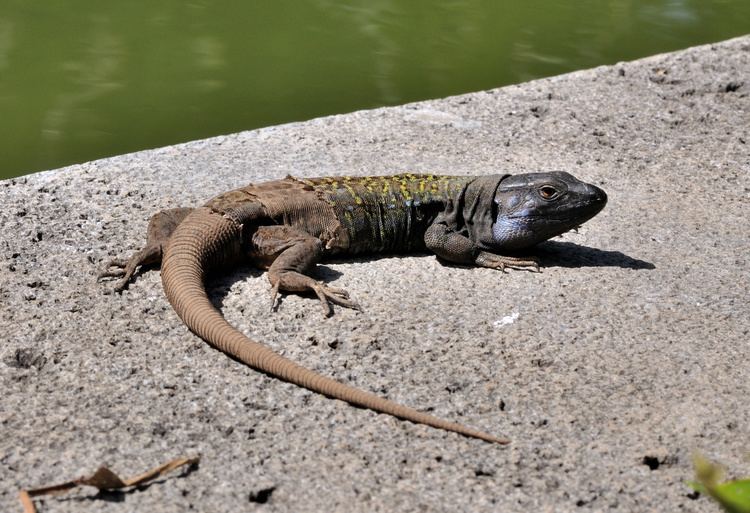Subphylum Vertebrata Suborder Lacertilia Rank Species | Phylum Chordata Infraorder Scincomorpha | |
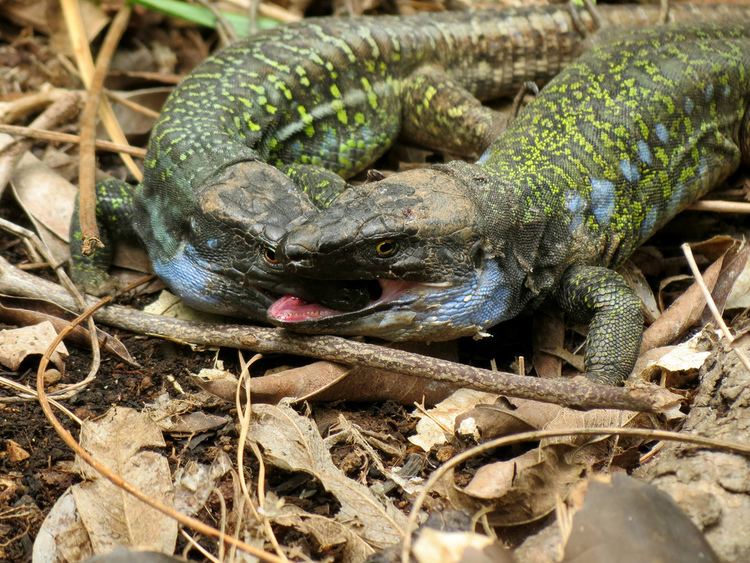 | ||
Similar Gallotia, Reptile, Lacertids, Gran Canaria giant lizard, Atlantic lizard | ||
Tenerife field trip gallotia galloti lizards part 1
Gallotia galloti (Gallot's lizard, Tenerife lizard, or Western Canaries lizard) is a species of lacertid (wall lizard) in the genus Gallotia. The species is found on the Canary Islands of Tenerife and La Palma.
Contents
- Tenerife field trip gallotia galloti lizards part 1
- Gallotia galloti eisentrauti i northern tenerife lizard
- References
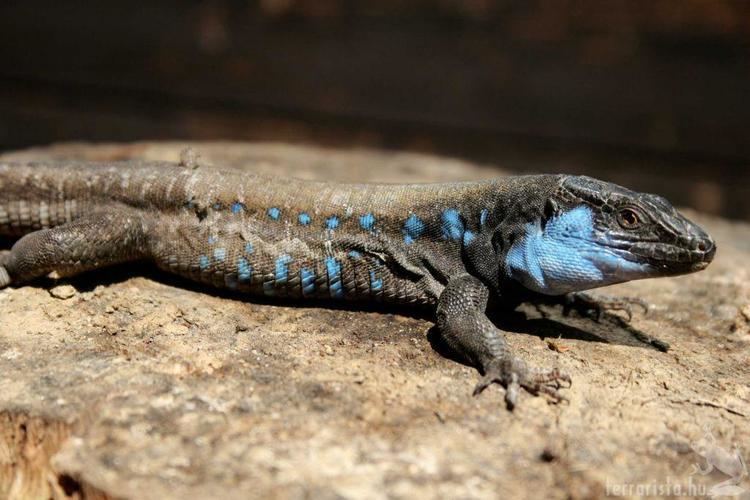
Both the generic name, Gallotia, and the specific name, galloti, are in honor of D. Gallot, an amateur naturalist, who collected the type specimen.
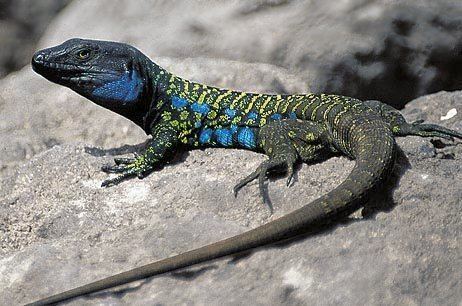
Four subspecies are recognized:
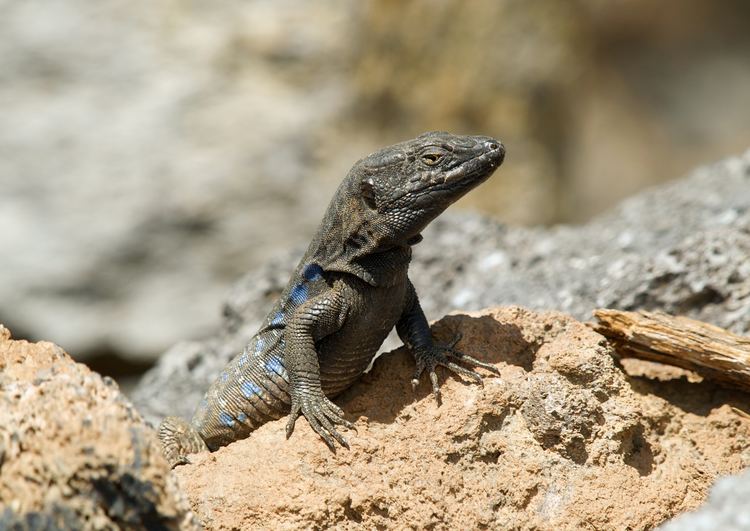
Its closest relative is the smaller Boettger's lizard, which occurs on El Hierro and La Gomera (Maca-Meyer et al. 2003). G. galloti is a sizeable lizard, though with strong males reaching up to 15.7 inches (including tail) it still belongs to the smaller Gallotia as the giant species can reach up to double that length.
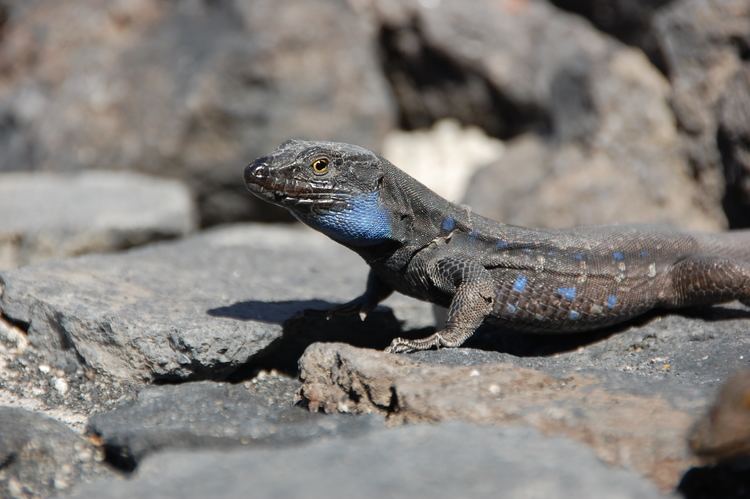
Unlike most larger species of its genus, the Western Canaries lizard as a whole is a common animal. As it likes to eat ripe fruit, it can even become a nuisance in vineyards and orchards and is thus occasionally trapped or poisoned. Local populations thus may decline, but no subspecies currently are endangered. Due to its small area of occurrence, G. g. insulanagae is considered a vulnerable taxon, but it seems safe at present as its habitat is fairly inaccessible and included in the Parque Rural de Anaga (Blanco & González 1992).

The striking color of adult males and their curious nature endear them to many tourists. At popular sights, notably Mount Teide, the lizards have become rather tame and an attraction of sorts themselves. It is quite popular to bring some ripe bananas along for the lizards, which are a most favorite food of this species and will provide travellers with good photo opportunities as the animals scurry over the rocks and even onto visitor's hands to catch a bite.
